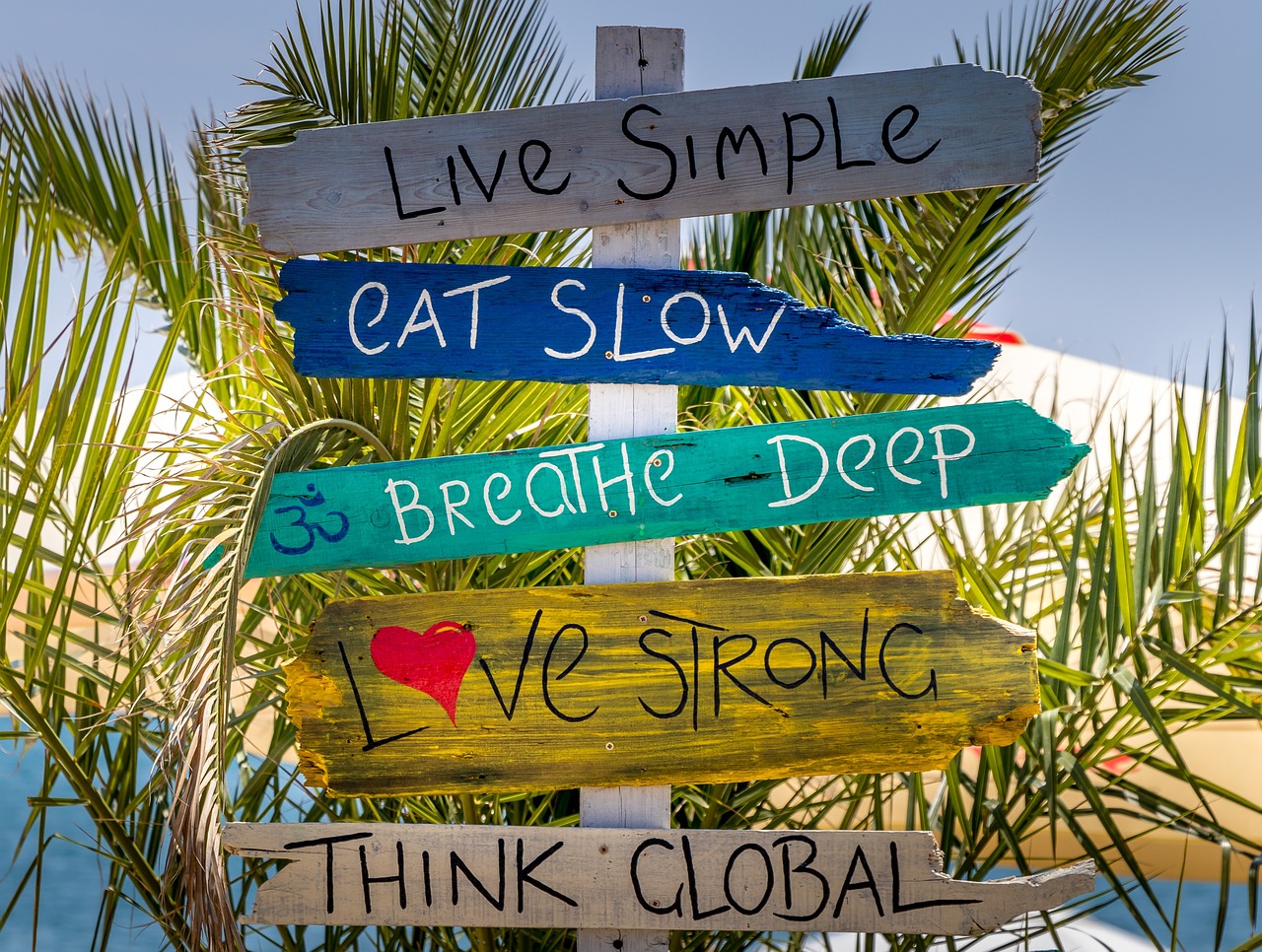Traveling can be an exciting and enriching experience, but for those with dietary restrictions, it can also be a bit challenging. Whether you’re avoiding gluten, dairy, nuts, or following a specific diet like veganism or keto, finding food that fits your needs while traveling requires some extra effort. However, with the right strategies and preparation, you can still enjoy your trip without worrying about your diet. Here are practical tips to help you navigate your dietary restrictions while traveling.
1. Do Your Research Before You Go
One of the most important steps to traveling with dietary restrictions is doing thorough research before you leave. Every country and region has its own culinary traditions, and some places may be more accommodating to specific dietary needs than others. Start by looking up local foods and traditional dishes in your destination that naturally fit within your dietary guidelines.
You can also explore restaurant options before you arrive. Many cities and tourist destinations have restaurants that cater to special diets like vegan, gluten-free, or allergen-friendly. Websites like Yelp, HappyCow, and TripAdvisor can help you find such restaurants and read reviews from others with similar dietary needs. Many restaurants now list their menus online, so you can check ahead of time if they have options that suit your restrictions.
If you’re traveling to a place where the language is different from yours, consider learning key phrases that explain your dietary restrictions. For example, if you have a gluten allergy, knowing how to say “I cannot eat gluten” in the local language will help you communicate with restaurant staff. There are also apps and translation cards available that can help explain your restrictions in different languages.
2. Pack Snacks and Essentials
Even with the best research, there will be times when finding food that fits your dietary needs might be difficult, such as at airports, during long bus rides, or in rural areas. Packing your own snacks ensures you always have something safe and healthy to eat.
Travel-friendly snack options include:
- Mixed nuts or trail mix (if you don’t have a nut allergy)
- Protein bars (that fit your dietary restrictions, such as gluten-free or dairy-free options)
- Fresh or dried fruits
- Rice cakes or whole-grain crackers
- Single-serve packets of nut butter
- Hummus and vegetable sticks
In addition to snacks, you may also want to pack small essentials, such as dairy-free creamer if you have lactose intolerance or gluten-free bread or crackers. These little extras can help you navigate breakfast buffets or grab-and-go meals that may not cater to your specific needs.
3. Consider Accommodations with Kitchens
If you have strict dietary restrictions or allergies, booking accommodations with a kitchen can make a huge difference. Vacation rentals like Airbnb or hotels with kitchenettes allow you to prepare your own meals, giving you full control over the ingredients and cooking methods. This can be especially helpful if you’re staying in a destination where restaurants may not be able to fully accommodate your dietary needs.
Having a kitchen also allows you to shop locally for fresh ingredients, which can be a fun way to explore the culture while maintaining your diet. Visiting local markets for fresh fruits, vegetables, and other ingredients is not only a safer option but also an opportunity to discover new flavors that fit your restrictions.
4. Inform Airlines and Hotels in Advance
If you’re flying, most airlines offer special meal options for passengers with dietary restrictions, such as gluten-free, vegan, or kosher meals. Make sure to request your special meal when you book your ticket, and confirm with the airline a few days before your flight to ensure it has been noted.
Similarly, if you’re staying at a hotel, it’s a good idea to contact them in advance and inquire about their ability to accommodate your dietary needs. Many hotels, especially in tourist-friendly areas, are familiar with dietary restrictions and may be able to provide gluten-free bread, lactose-free milk, or other suitable options during breakfast.
5. Learn How to Read Food Labels
If you’re traveling to a country where the language is unfamiliar, reading food labels can be tricky. However, it’s crucial to understand ingredients when buying packaged foods to avoid allergens or non-compliant ingredients. If you’re unsure about how to read labels in a different language, there are several apps and resources that can help you identify ingredients that might be off-limits.
In some regions, allergens are labeled more clearly than others. The European Union, for example, requires food labels to clearly indicate major allergens like gluten, dairy, and nuts. Be cautious when buying packaged foods in countries with less stringent labeling regulations.
6. Be Prepared with a Backup Plan
Despite your best efforts, there may be times when finding suitable food feels impossible. This is where having a backup plan comes in handy. For example, if you’re in a place where you can’t find a restaurant that caters to your dietary needs, you can rely on your snacks or a nearby grocery store for simple ingredients to make a meal.
Consider carrying a small portable meal kit with essentials like a packet of oatmeal, an instant noodle cup (gluten-free or vegan versions are available), or even a can of tuna. These can be lifesavers during emergencies when nothing else is available.
7. Communicate Clearly
When dining out, don’t be shy about explaining your dietary restrictions to the restaurant staff. Be specific about what you can and cannot eat. If you’re allergic to a particular food, make sure the staff understands the seriousness of your restriction to avoid cross-contamination.
If the menu isn’t clear, don’t hesitate to ask questions about how the food is prepared, what ingredients are used, or if any substitutions can be made. Many chefs and restaurants are willing to accommodate dietary requests, but clear communication is key to ensuring your meal is safe and suitable.



